Fly Tying

Everything You Need To Know About Fly Tying Scissors
Every tyer has that one pair of scissors. You pick them up without thinking, they close with zero drag, and ...

ON THE VISE: Mastering Body Taper & Ribbing
Master Fly Tying with Rotational Vise Techniques for Perfect Tapers & Ribbing

Andy Kitchener Talks ABCs, Innovation & the Future of Fly Tying
Discover how Semperfli’s Andy’s Bugs and Creatures (ABCs) are transforming fly tying. Andy Kitchener shares insights on innovation, sustainable materials, and why ABCs are the future of tying realistic, fish-catching flies.
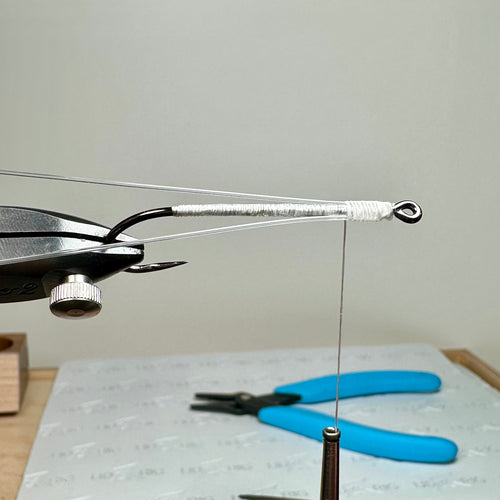
The Mason Hard Mono Foundation: A Dave Whitlock Innovation for Durable Fly Construction
Learn how to use Mason hard mono and Zap-A-Gap to create Dave Whitlock's base for durable, long-lasting flies. With expert tips from Jeff Rowley.
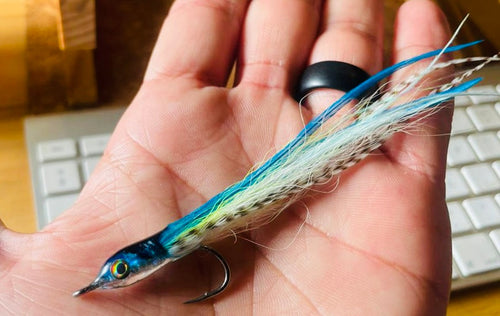
How To Tie Better Streamer And Baitfish Tails With Hackle
Learn to tie realistic baitfish streamer tails using hackle. Tips on curve-in/out methods, tenting technique, and the 6-feather rule for saltwater flies.
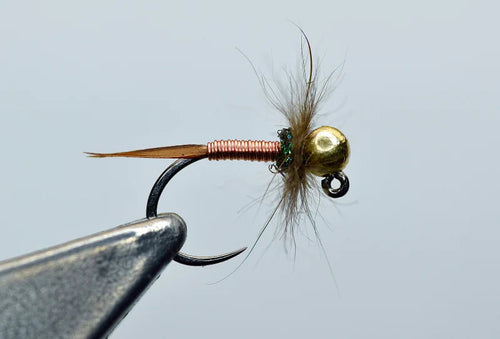
Wire Ribbing and the Marks of Experience
Discover refined wire ribbing methods that add durability, realism, and elegance to your flies.
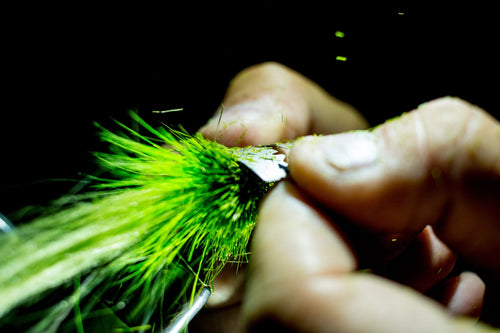
Materials You've Probably Overlooked (But Shouldn't)
Discover game-changing fly tying materials from specialist brands like Cascade Crest, Spawn, and Skeena. These overlooked innovations often outperform mainstream option
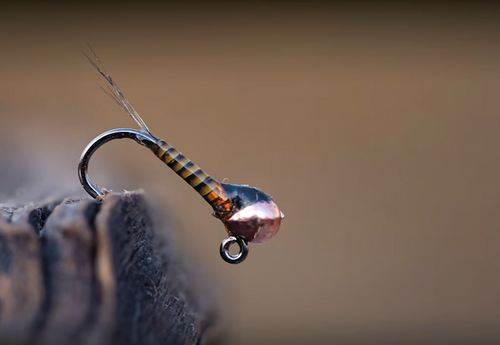
How the Ahrex AFW554 Refined Jig Nymph Tying
Discover why the Ahrex AFW554 jig hook excels for Euro nymphing. Complete guide includes 3 proven patterns, tying tips, and technical specs for success.
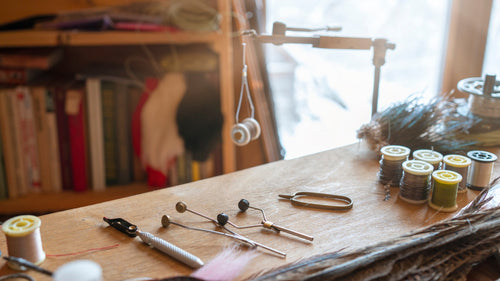
Basic Fly Tying Tools To Elevate Every Tyer’s Bench
4 Tools every fly tyer should have in their arsenal.
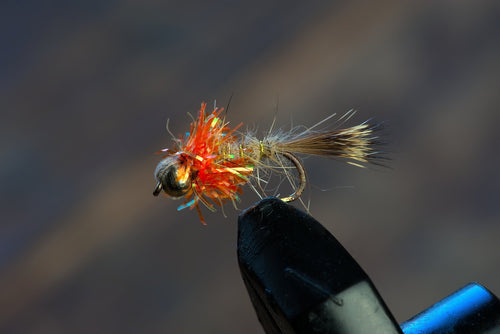
Advanced Fly Tying Wire Techniques
aster fly tying wire techniques with our practical guide. Learn strategic placement, ribbing methods, and lead-free options from J. Stockard's expert selection
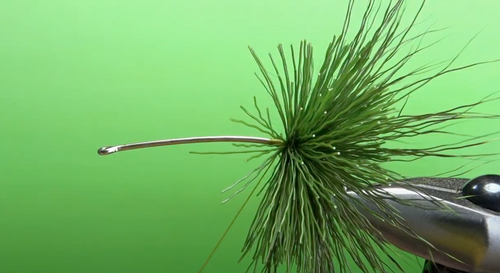
Hair Stacking for Beginners and Pros
There are two distinct schools of thought when it comes to deer hair stacking. The first camp approaches the...


